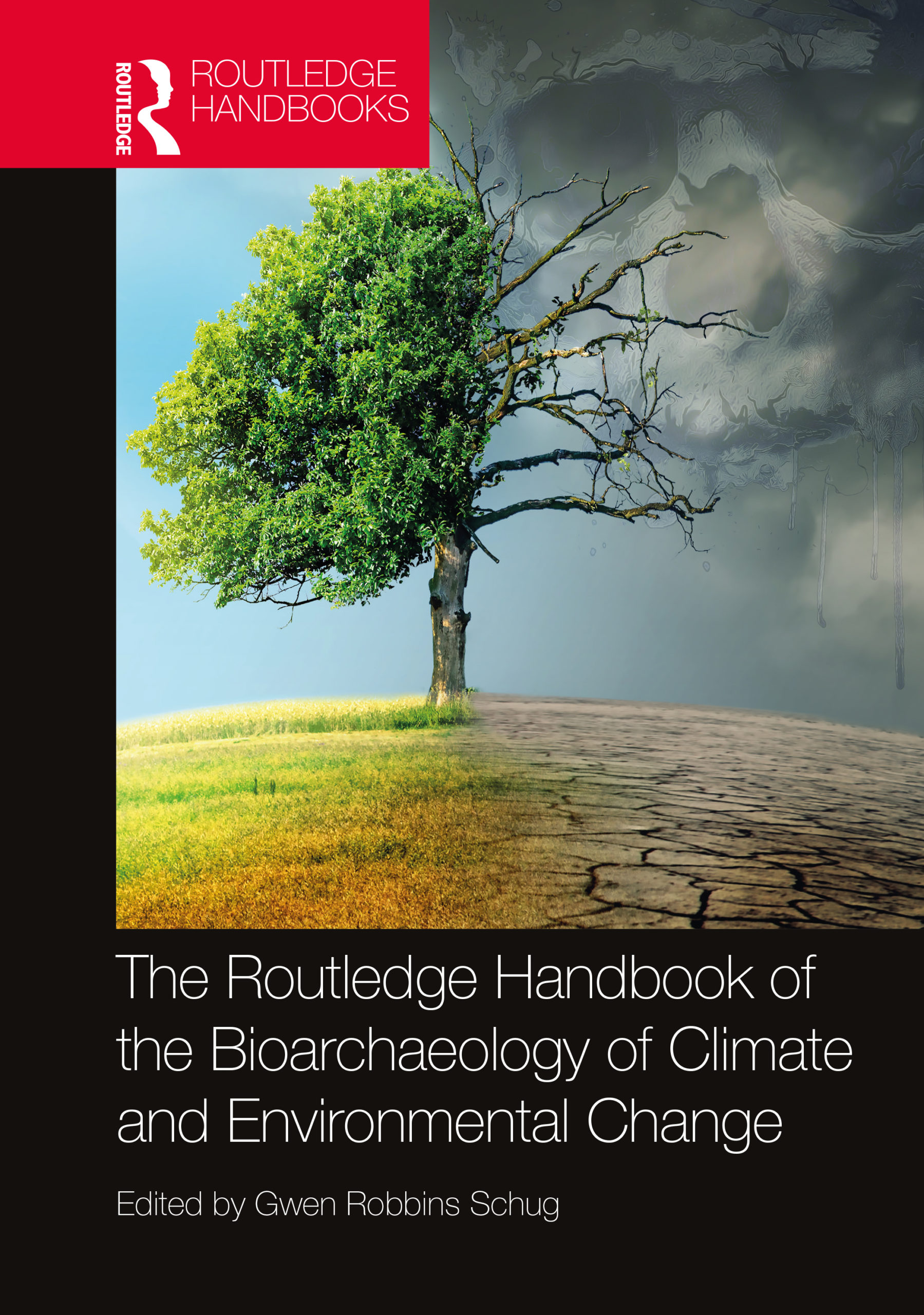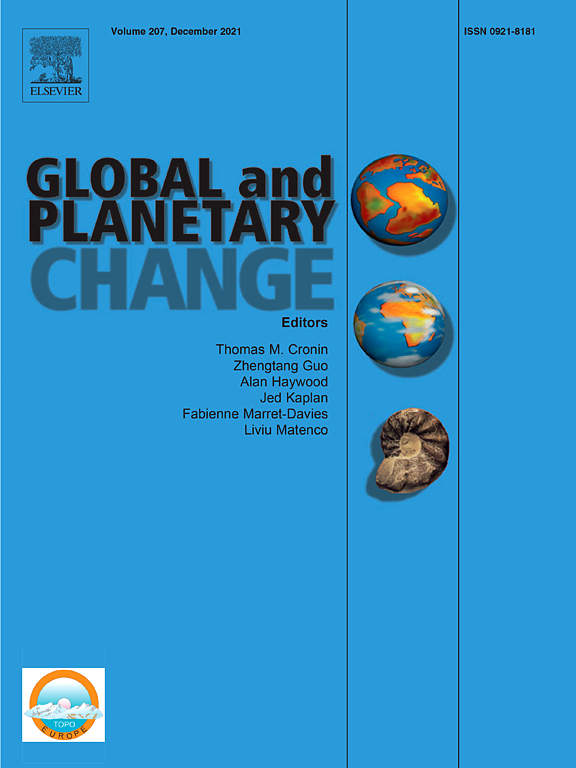Archaeological Research in Asia March 2021
Insights into Lake Baikal’s ancient populations based on genetic evidence from the Early Neolithic Shamanka II and Early Bronze Age Kurma XI cemeteries
Moussa NM, McKenzie HG, Bazaliiskii VI, Goriunova OI, Bamforth F, Weber AW
Although previous ancient DNA research has contributed to the investigation of middle Holocene culture history and population dynamics in the Cis-Baikal, most of this work has been limited to the Angara valley and southwest Baikal, with only restricted genetic analysis of skeletal materials from the Little Sea microregion. In this paper, we expand upon initial findings by analyzing new mtDNA results from the EN/EBA Kurma XI cemetery (Little Sea area) and the EN Shamanka II cemetery (southwest Baikal). [...]







